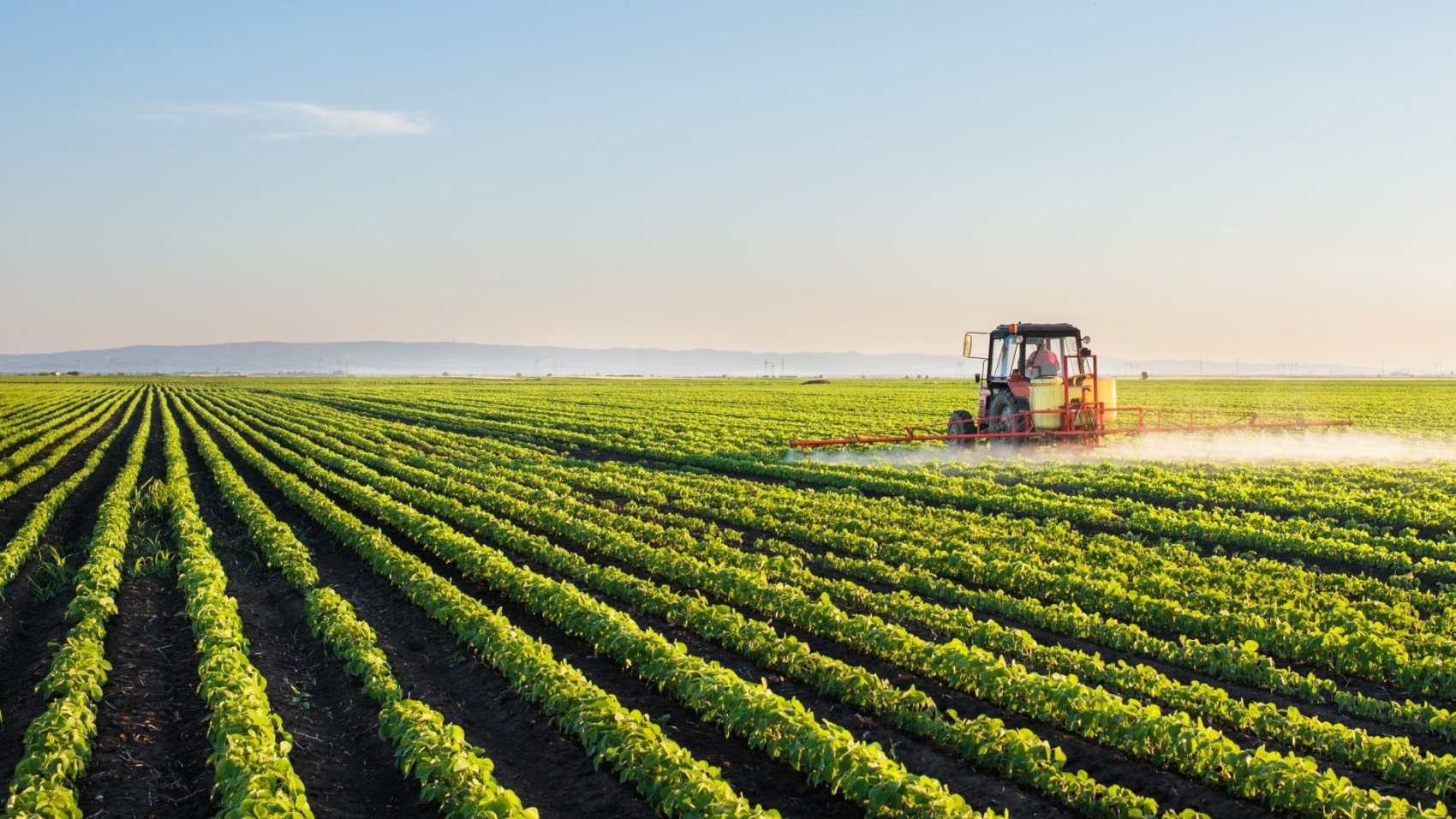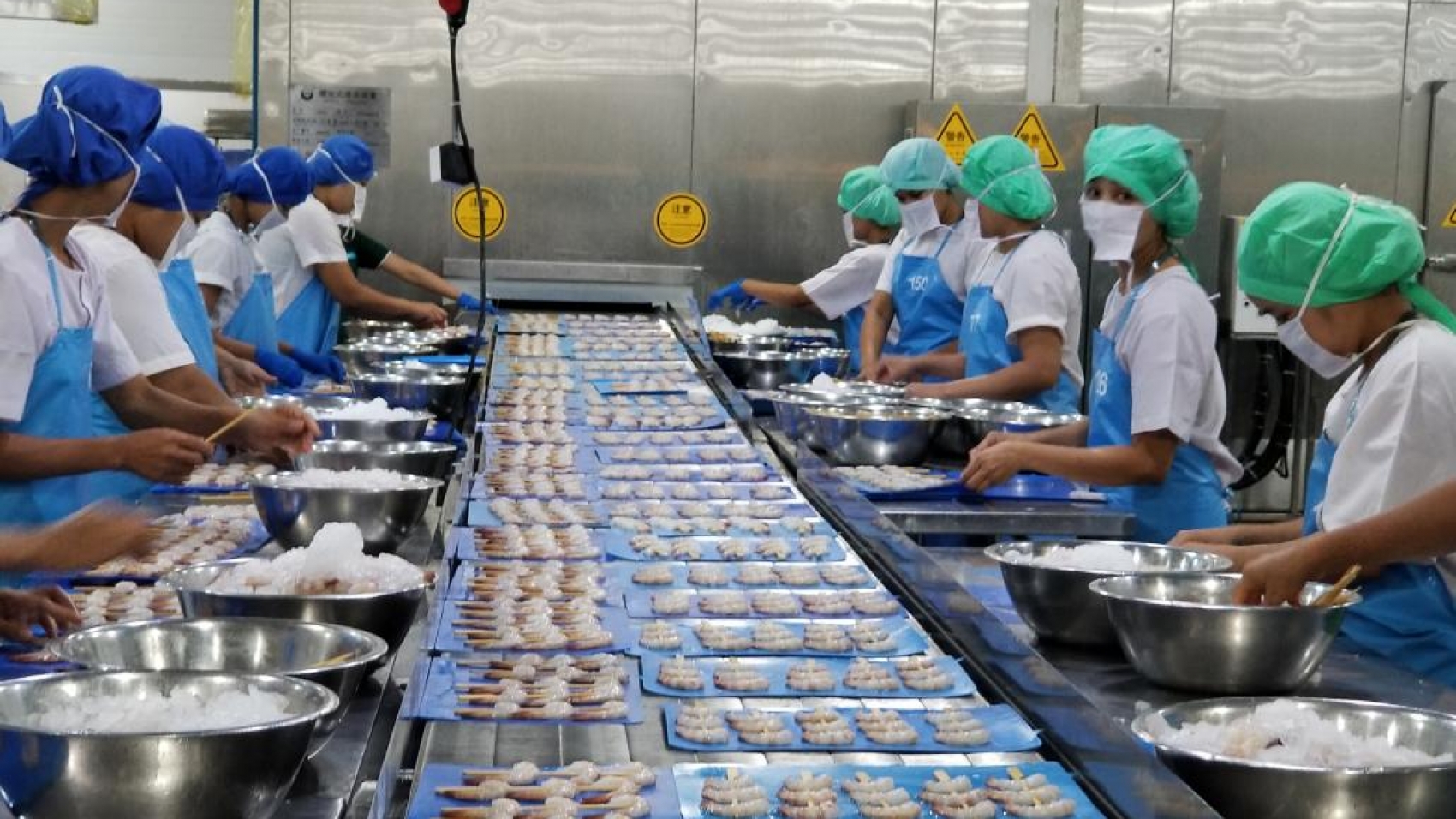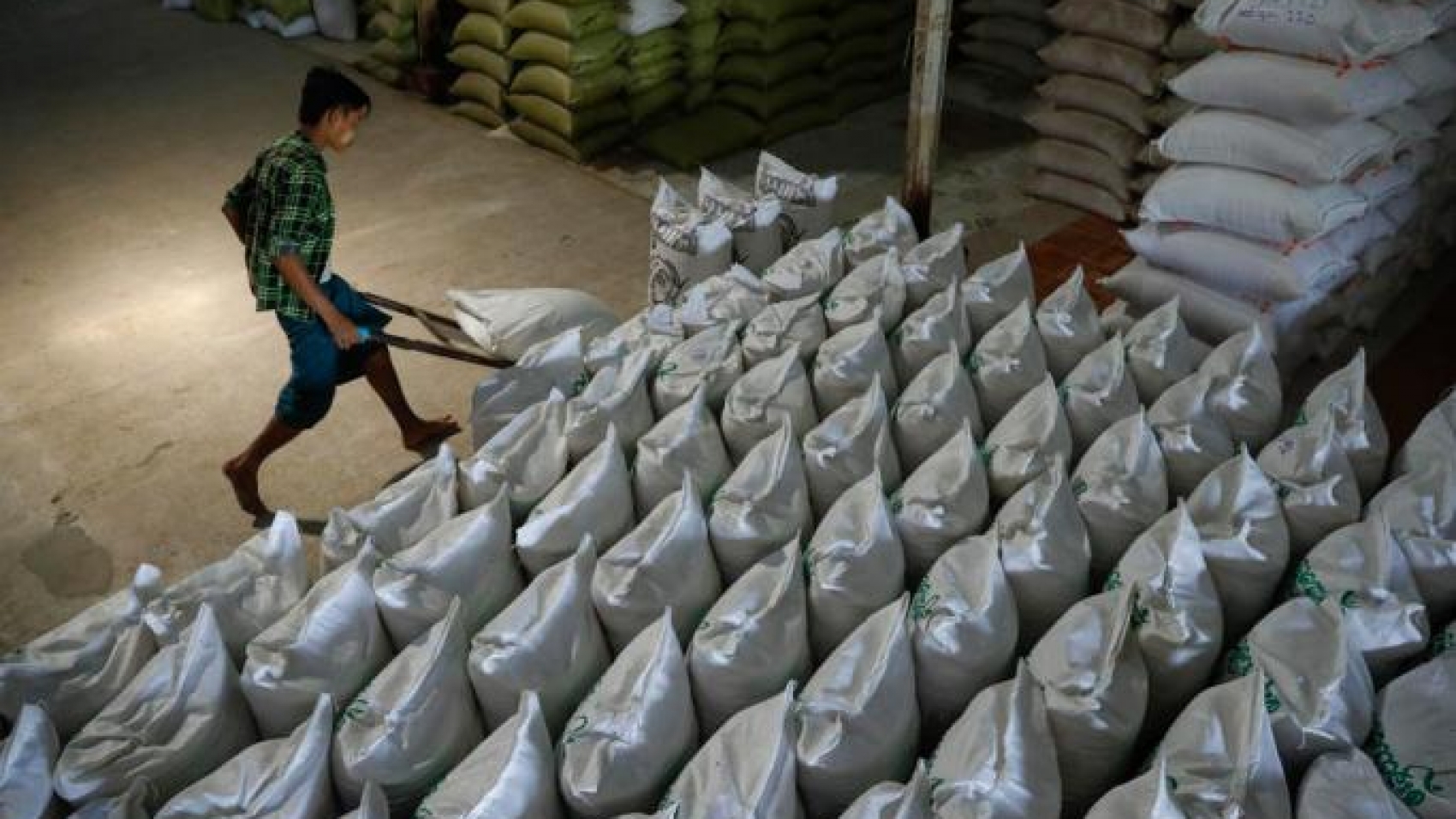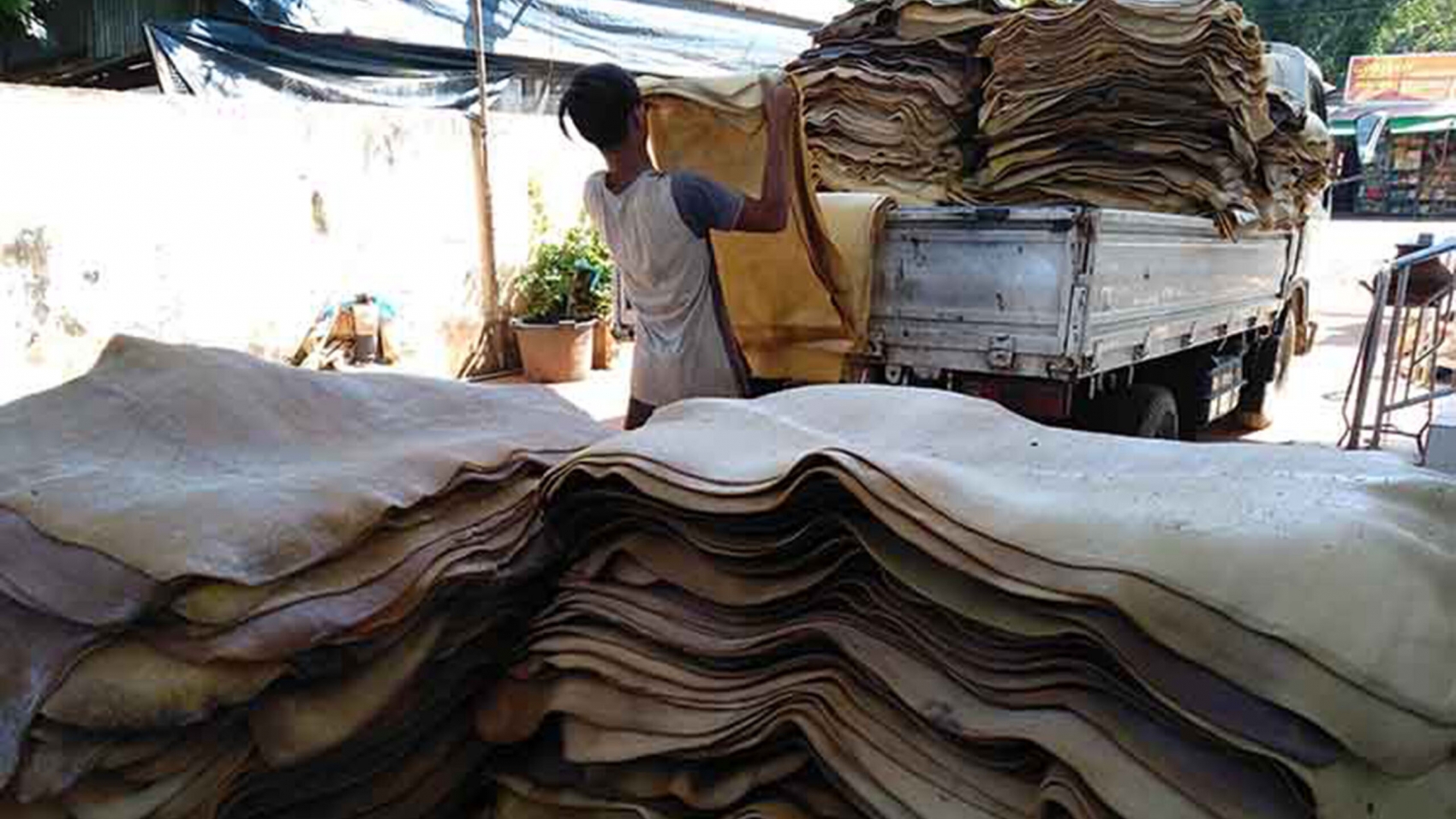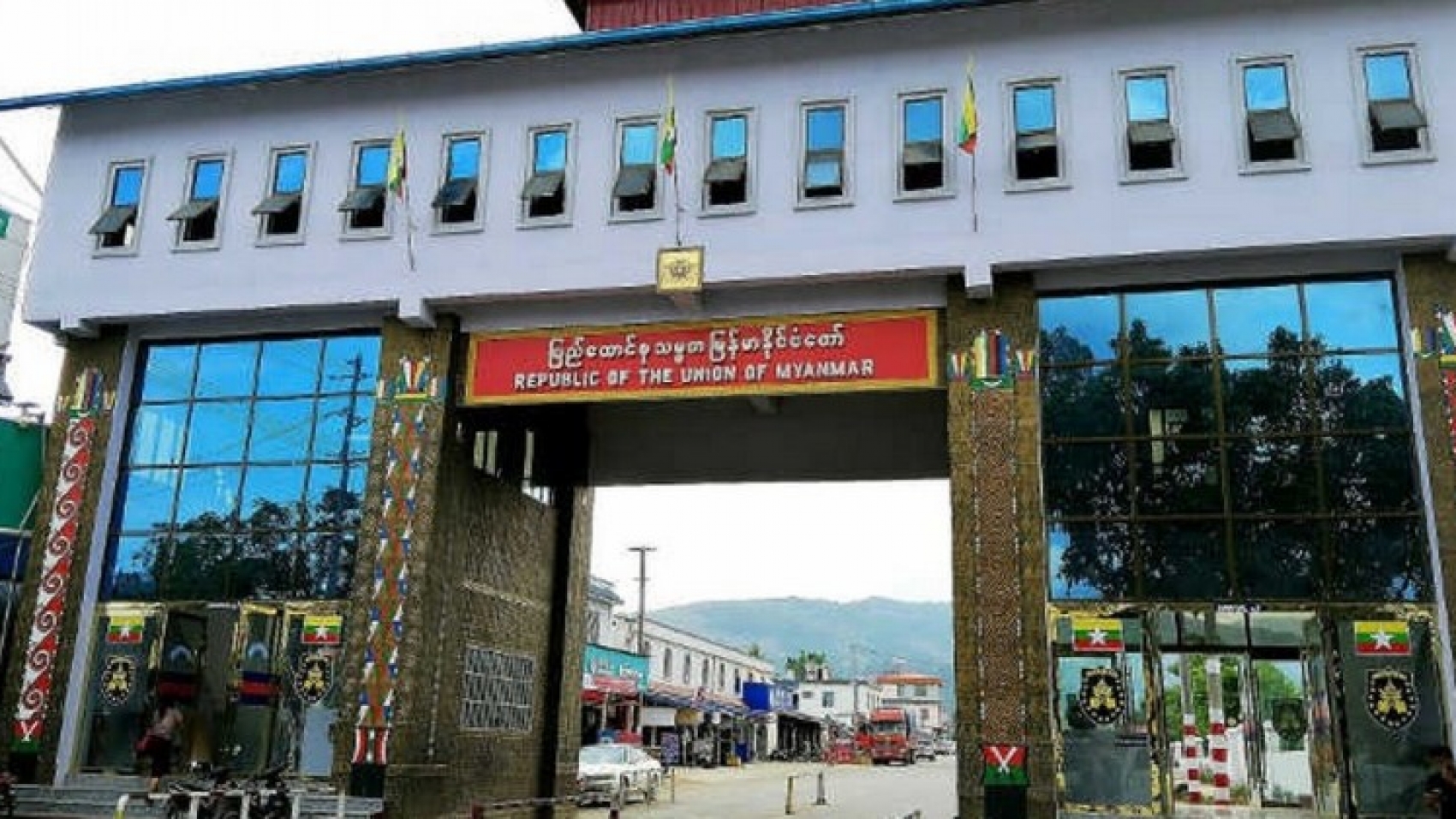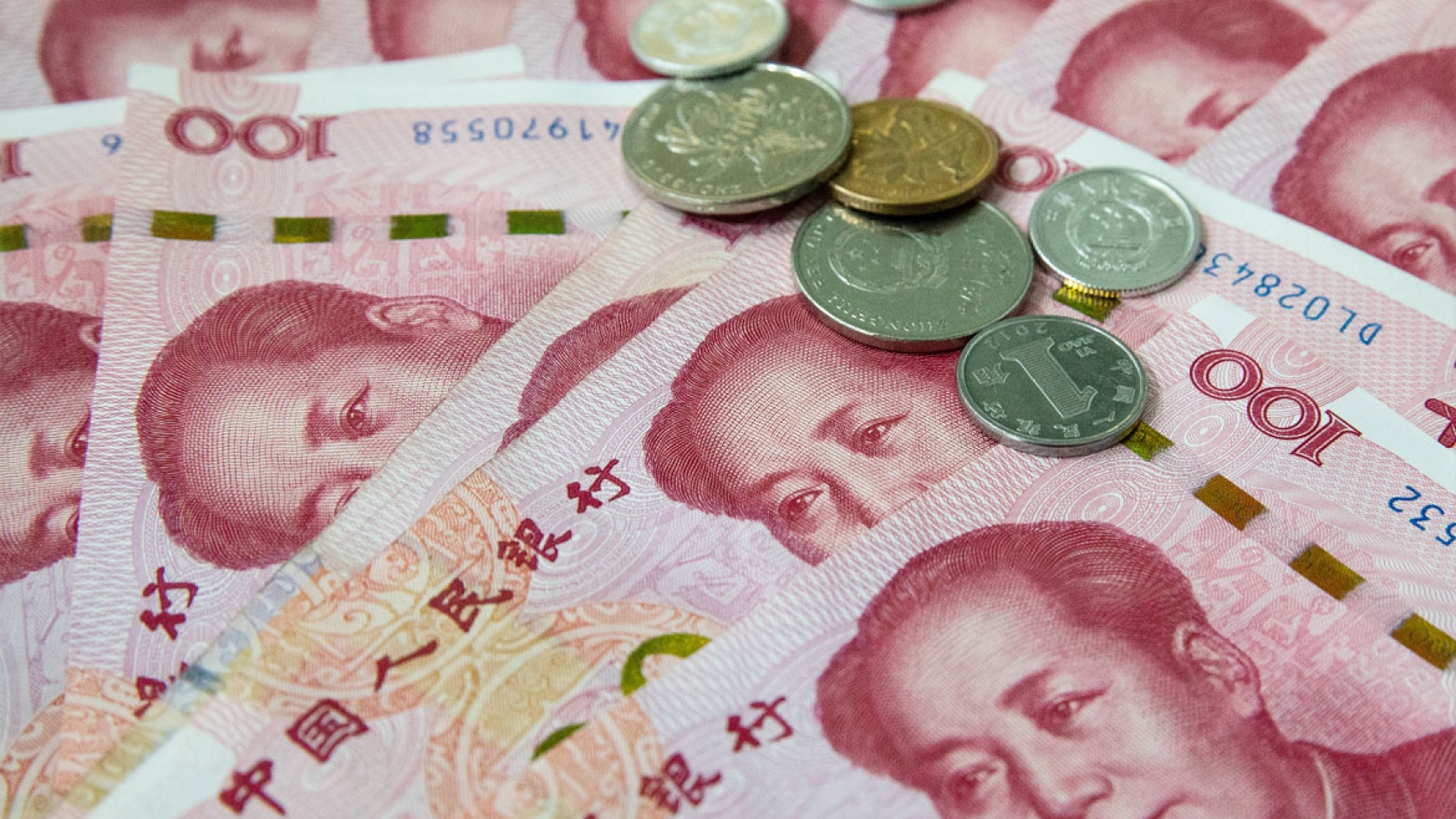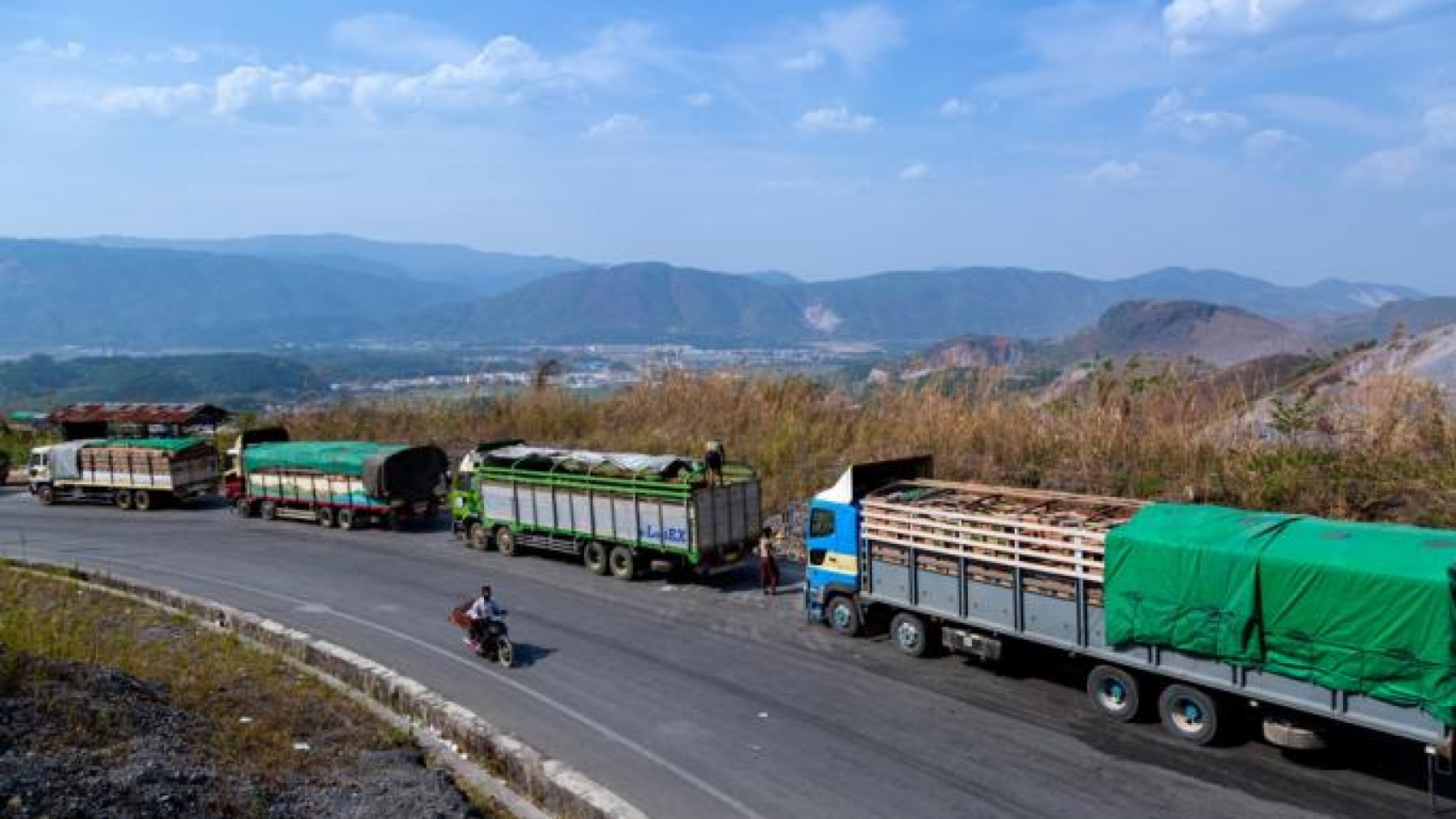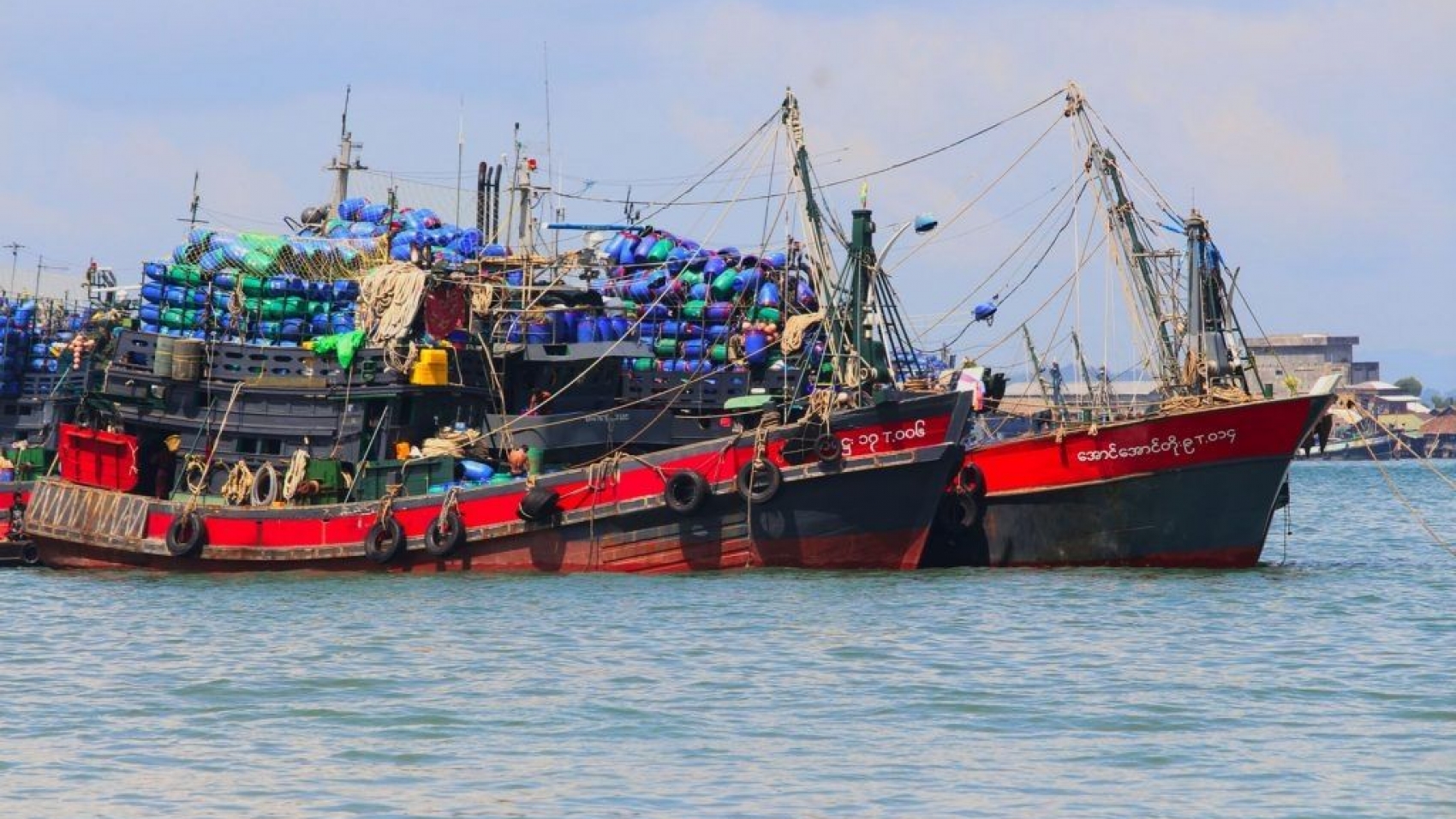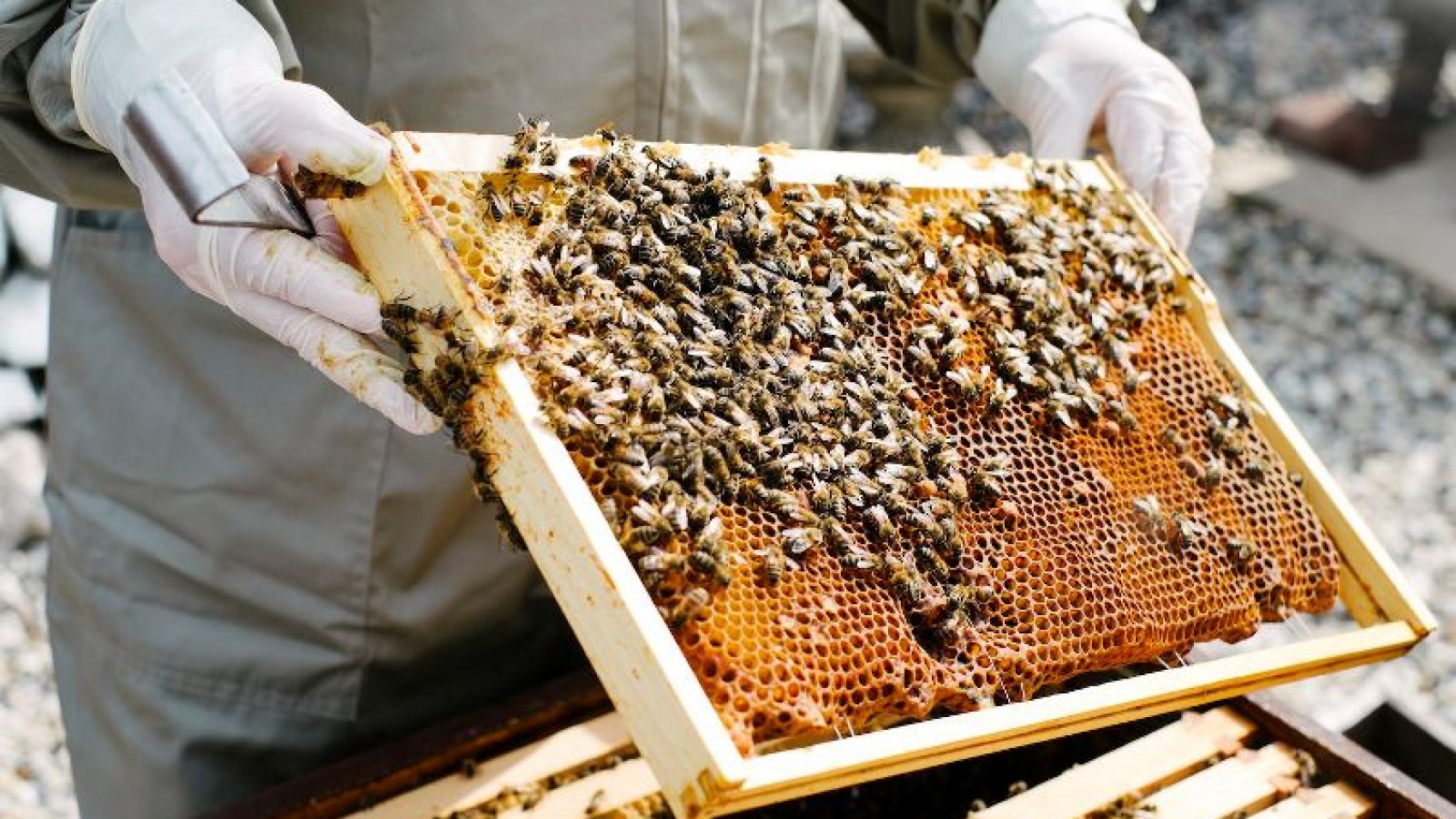The value of agricultural exports sank to US$1.25 billion as of 21 January in the current mini-budget period (Oct 2021-March 2022), indicating a significant drop of $375.5 million as against the year ago period, as per the statistic of the Ministry of Commerce. The agro exports topped $1.6 billion in the corresponding period of the 2020-2021 FY. China constitutes 90 per cent of Myanmar’s fruit and vegetable export. During the previous financial year, the closure of border posts by China adversely affected the fruit producers. Additionally, China’s import regulations and prevention measures for the COVID-19 caused delay, exporters said.
At present, some border posts are operating trade activities on a trial run. During the mini-budget period, the coronavirus pandemic impacted the foreign demand for agricultural products, livestock, mineral and finished industrial goods. In contrary, the exports of fishery, forest products and other goods rose slightly. In the exports sector, the agriculture industry performed the best, accounting for 37 per cent of overall exports. The chief items of export in the agricultural sector are rice and broken rice, pulses and beans and maize. Fruits and vegetables, sesame, dried tea leaves, sugar, kitchen crops and other agro products are also shipped to other countries.
Myanmar agro products are primarily exported to China, Singapore, Malaysia, the Philippines, Bangladesh, India, Indonesia, and Sri Lanka. The country requires specific export plans for each agro product, as they are currently exported to external markets based upon supply and demand. The G to G pact also ensures the strong market for the farmers. Contract farming systems, involvement of regional and state agriculture departments, exporters, traders, and some grower groups, are required in order to meet production targets, the Agriculture Department stated. The Commerce Ministry is endeavouring to help farmers deal with challenges such as high input costs, procurement of pedigree seeds, high cultivation costs, and erratic weather conditions. The agricultural exports jumped to US$4.6 billion last financial year 2020-2021, despite the downward trend in other export groups.
Source: The Global New Light of Myanmar

